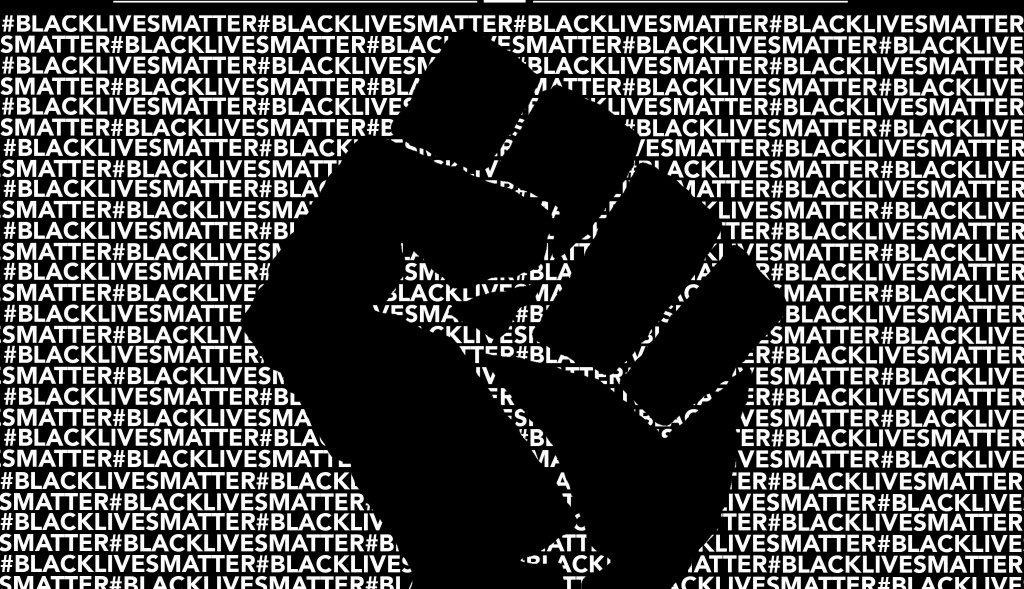We live in a rape culture, and we will continue to until we talk about it
By Sharon Miki, Section Editor
I’m afraid to write about this.
The idea that we live in a rape culture makes me just as uncomfortable as it makes you; I don’t really want to acknowledge that one in four Canadian women will be sexually assaulted, or that teens and college-aged women between the ages of 15 and 24 are the group most likely to be victims of a sexual assault or rape. I don’t want to know which of the men in my life who I love and trust will read this and roll their eyes or—worse—will be offended that I’m bringing the topic up because they aren’t one of those guys. Because Not All Men.
I don’t want to talk about rape culture but I will, because it is the reality that we’re all living in and pretending that it’s not is only making it worse.
What is “rape culture”?
At its most basic, “rape culture” is a social atmosphere that supports the idea that women are things that can be earned through “good” or “masculine” endeavours. Rape culture can emerge in something as simple as an offhand comment about the way a woman is dressed (i.e. “She’s asking for it in that dress!”), as a justification for making a woman feel like she owes a man access to her body (“I’m such a nice guy… she has to go out with me or I’ll harass her until she does!”), or in a sexual assault when a woman feels coerced or forced into a sexual act that she does not want to engage in.
In an article published in the Globe and Mail earlier this year, McGill Daily editor Jordan Venton-Rublee succinctly articulates the broad concept:
“Rape culture… is the environment that puts the onus on the victim, not the perpetrator. It is the actions and attitudes that lead to the survivors of sexual assault being responsible for proving that they were in no way responsible for the crime. The onus is on the victim, not the perpetrator.”
The concept of rape culture is hard to discuss because it’s inflammatory. Acknowledging the existence of rape culture means that everyone has to look at their part in it: for many women, this means admitting that they are afraid—and for many men, this means considering that they might be viewed as perpetrators.
How can a concept be dangerous?
Pulling the proverbial fleece over our eyes when it comes to rape culture is not an innocuous act. When we fail to address the subtle behaviours, attitudes, and words that perpetuate this culture, we are broadly allowing all women to live with an underlying fear for their safety. And, worse, acceptance—whether active or passive—of rape culture allows for larger and more dangerous incidents to occur.
Indeed, it seems that the only times we discuss rape culture are when it comes to a head. One of the most recent notable examples of this in a college setting is the case of Elliot Rodger at the University of California, Santa Barbara (UCSB). In May, Rodger killed six people, injured 13 people, and then killed himself in the name of revenge against the female sex that he felt had denied him the sexual and romantic rewards that he deserved as a man.
More locally, we heard about rape culture in September of last year when students at the University of British Columbia (UBC) came under scrutiny for a “rape chant” recited during frosh week festivities. The UBC chant came to public attention because it was overtly, unapologetically supporting a rape-culture mentality, stating, “At UBC we like ‘em young, Y is for your sister, O is for oh so tight, U is for underage, N is for no consent, G is for go to jail.”
While these examples vary in their physical damage and extremeness, they both perfectly articulate the danger of an ignored rape culture. When we teach men that it’s okay to publicly chant about raping women as a fun way to start out their campus life, we create an environment where Elliot Rodger’s relatively unconcealed motivations went unquestioned.
Rape culture on our campus
Post-secondary campuses have a lot working against them when it comes to being potential breeding grounds for rape-culture attitudes: they are filled with the young people who are most at risk for sexual assault in Canada (women ages 15-24), as well as those who are still forming their worldviews.
Is sexual assault an issue at Douglas College? It’s hard to say. To be sure, the commuter nature of a college like Douglas (as opposed to post-secondary institutions that host on-campus housing, sororities, and other physical locations where sexual assault of students commonly takes place) makes it a less obvious target for sexual assaults on campus.
Indeed, as Nancy Constable, director of safety, security & risk management at Douglas College notes, the college has taken measures to mitigate the risk of actual assaults on campus.
“We take the safety, security, and well-being of our students very seriously, and in terms of setting a tone on campus, we have clear policies on Standards of Conduct, Violence Prevention, and Sexual Harassment & Personal Discrimination, and follow up immediately when any concerns are brought forward.”
Still, while incidents of rape on campus might be difficult to track or find, the concept of rape culture is all around. Is there a difference between sexual assault and rape culture? Of course. But ignoring rape culture is a step that contributes to attitudes that encourage sexual assault.
What can we do?
I believe that the simplest step we can all take to counteract rape culture in our society is to acknowledge its reality. Rape culture exists; it exists everywhere, and it exists on our campus. Rape culture is more than the physical, sexual, violent acts of aggression that we use as markers of misdeeds—it is in the way that we talk to and about each other as sexual objects instead of as people.
In the future, we do not want to be surprised and mystified by horrific events like the UCSB incident, or sound-bite-worthy events like the UBC rape chants. Instead, let’s unpack and demystify the culture of fear that we live in, and teach each other to notice and reject the attitudes and conduct that give rape culture its underlying power.


